Your cart is currently empty!
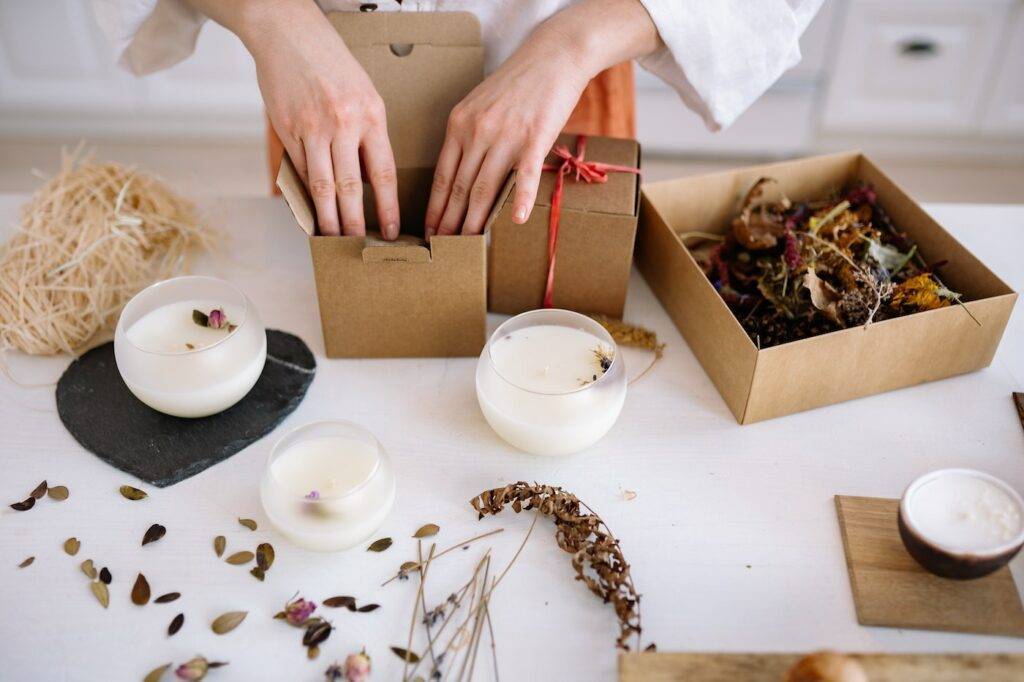
Sustainability is becoming a worldwide hot topic and you’ve undoubtedly heard the terms biodegradable, compostable, and recyclable. With the topic of sustainability comes the question: what packaging solution is best for the environment? Are biodegradable and compostable materials really any different from biodegradable and compostable ones? Should you opt for biodegradable and compostable of goods and friendly options over recyclable ones for your business? All of these questions will be answered throughout this article.
Types of Environmentally Friendly Packaging
First of all, what do the terms biodegradable or compostable, compostable, and recyclable really mean? Let’s start with the one most of us are familiar with…
Recyclable
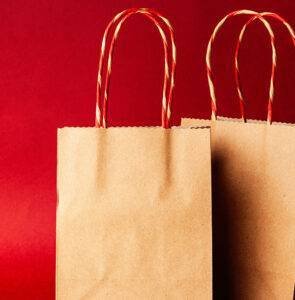
Recycling is the process of breaking down wastes to create new products and use them again. That way, we conserve resources and keep landfills from overflowing with waste. Recyclable options includes plastic, cans, glass, paper, and cardboard. All of these can be easily dealt with at your local recycling facility.
Just make sure you check your city’s rules on recycling before putting anything in the blue recycle bin. Putting something unrecyclable into your recycle bin can compromise a whole batch, causing it to end up entirely in the landfill instead of the one unrecyclable item. For example, pizza boxes contaminated with grease, cheese, or any food remaining can not be recycled. The contaminated part needs to be composted instead.
Well, which items are recyclable? Most plastics, like water bottles, food containers, plastic grocery bags, and plastic wraps, are all recyclable. Other common options for recyclable elements are cardboard, metal, and unbroken glass. Some items will need a special process to be recycled, such as electronics, batteries, and fabric.
Compostable
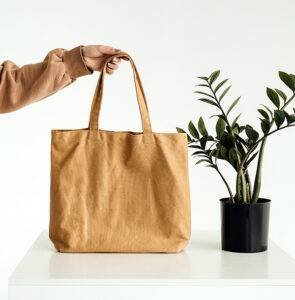
Compostable means that a product can be broken down by microbes into carbon dioxide, water, and other inorganic compounds and biomass to create a nutrient-rich soil in about 90 days. This process allows organic items—like food scraps, yard scraps, dead flowers, leaves, untreated wood, and pure cotton—to return to the soil instead of ending up in landfills and not decomposing in the right conditions, in turn creating the greenhouse gas methane.
Composting has many beneficial uses, including fertilizing and improving the soil’s health without leaving any toxic residue behind. The best thing about compostable items is that they don’t need to be processed to become useful again. They can be broken down in natural settings, or industrial facilities, and create something useful right away.
Since compostable packaging can break down in a backyard, they’re a great alternative for food packaging because food can contaminate recyclable packaging. Paper and wood-based containers can decompose in any compost bin, but bioplastic containers should only be composted in industrial facilities. To maximize the benefits, opt for 100% compostable trash bags to collect and store your organic waste for curbside pickup.
So, while recognizing and buying compostable products made of cotton, bamboo, and PLA is a good step, the biggest impact happens when they actually end up properly decomposed.
Biodegradable
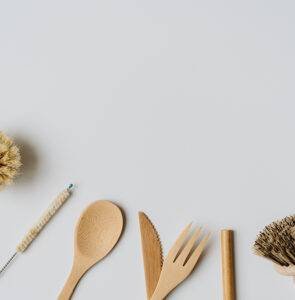
What does biodegradable mean? Although they’re often used interchangeably, biodegradable and compostable are not the same thing. The term biodegradable means that a substance can break down naturally, with the help of bacteria and fungi, without leaving harmful substances behind. They simply disintegrate into carbon dioxide, water vapor, and biomass. Sounds a lot like “compostable”, but the difference between both terms is that biodegradable includes items that are NOT organic. Artificial or chemically produced items can be biodegradable, but not necessarily compostable. That is why all compostable products are also biodegradable, but not every biodegradable product is compostable.
The drawback of non-compostable biodegradable items is that there isn’t a specific timeframe for when they will break down. These items, like biodegradable plastic, could stay around for years before they start to disintegrate. So unless your city has a composting facility for biodegradable plastics, these items aren’t a very eco friendly option.
So, yes, biodegradable items are a step in the right direction. They break down over time and their base components aren’t harmful to the environment. But before you opt for biodegradable products for your business’s packaging, make sure that your customer will be able to safely dispose of that packaging.
As a business owner, you need to fully grasp the difference between all three types of compostable goods and eco friendly packaging. To draw a better picture, we’ll discuss the difference and differences between a recyclable vs biodegradable vs compostable spoon.
Recyclable vs Compostable vs Biodegradable Material
Recyclable
Recyclable wastes are the easiest of all three types of green eco friendly material. They’re well-known, easily understood, cost-effective, and they create a communal effect that helps preserve natural environmental resources.
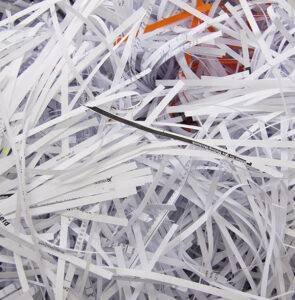
Pricing
Packaging made from recyclable material is the cheapest, most sustainable, and eco-friendly option. For that reason, many business owners who choose to go green opt for recyclable options. For example, a recyclable spoon made of polypropylene, PP for short, can cost 20 cents a piece.
Implementation
The recycling industry has grown to be much more efficient than ever before. Creating recyclable substances doesn’t take much time or effort.
A recyclable PP spoon is made by injecting a bio-based thermoplastic resin into a mold or diecast. Injecting resin into a mold speeds up the whole manufacturing cycle and allows factories to produce large quantities in no time.
Handling
A recyclable PP spoon is sturdy plastic and won’t break easily. A sturdy plastic product means fewer damaged goods and fewer wasted resources.
Waste Management
Consumers can dispose of recyclable materials in the designated blue bins to send them to their nearest recycling facility. At the designated facility, they break down the recyclable material into smaller particles to create new products to be reused.
Compostability
Composting is another great way of creating something useful with waste products. Composting has a local domestic effect, since the resulting compost is often used interchangeably, as fertilizer that’s made from organic matter to nourish the soil.
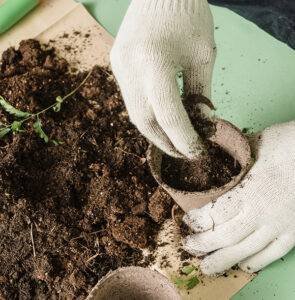
Pricing
Compostable packaging is more expensive than recyclable because the raw materials cost more and they’re manufactured in smaller batches. If the demand for compostable packaging increases, they’ll be manufactured in bigger batches, which would make the overall pricing much cheaper.
Circling back to the spoon reference, a cPLA compostable spoon will cost 50 cents per piece.
Implementation
Similar to the production of recyclable products, compostable plant products are created by pumping compostable plant resin into a mold of diecast to produce more compostable plant products in less time.
Handling
Like recyclable products, compostable products are sturdy and don’t need gentle handling to preserve their quality. They don’t break easily and they’re strong enough to support different types of food.
Waste Management
When it comes to waste management, compostable products, are divided into two main categories: commercial composting and home composting. Home composting is ideal for food scraps, leaves, and grass clippings. Create a suitable warm, dry, and shady environment so the aerobic bacteria are able to break down your compostable goods. Doing this process yields a nutrient-rich fertilizer as a result of the various organic matter and waste breakdown.
Commercial composting is best for bigger and bulkier wastes. That is because a composting facility is able to sustain the right temperature, supply the right biological additives needed, and provide the optimal environmental factors for a rigorous composting process.
Biodegradable
Biodegradable products are the ultimate eco friendly packaging solution.
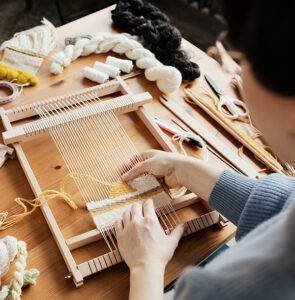
Pricing
Out of all three options, biodegradable packagings are the most expensive. When comparing a birchwood spoon to a PP or cPLA spoon, the birchwood spoon may cost around $0.65 per piece.
Implementation
Biodegradable products are generally heat-pressed into shape. This procedure requires more energy and resources, which adds up to the overall price of the final product
Handling
Biodegradable products need to be handled with care and cannot take much pressure and they’ll easily break into pieces.
Waste Management
Naturally occurring fungi and microorganisms will biodegrade these products and break them down into natural elements to be absorbed through the soil.
Frequently Asked Questions
What are compostable material options?
Compostable materials are made from natural substances, like corn or potato starch. These products will break down into naturally occurring, when placed in the right environment. They need to be left in a warm, dry, and shady environment so the aerobic bacteria can fully decompose the products.
What does BPI Certified mean?
A BPI certification label means that the compost, product and label was tested and the compost has been confirmed to meet the compost standards of the Biodegradable Products Institute.
What is the difference between biodegradable and compostable materials?
All compostable items are biodegradable, but not all biodegradable items can be composted. Biodegradable items sometimes leave residue behind. Compost friendly term biodegradable items, on the other hand, fully disintegrate into natural elements, creating nutrient-rich compost that’s great for plants.
Are there any additives that can change a product’s ability to decompose?
Biodegradable additives are added to compostable substances in an industrial composting facility to enhance their decomposition. These additives allow microorganisms and fungi to utilize the carbon within the compostable mean and polymer chain as a source of energy.
What happens with waste that is neither recyclable, biodegradable or compostable?
Such waste products and plastics end up in landfills or incinerated, as per the waste management laws of the region. They’ll then break down depending on the temperature, the amount of oxygen, and the level of moisture available at the landfill. Since landfills have to safely dispose of many different items, each of which decomposes in different timeframes, it could take 1,000 years to fully break down the waste products in landfill can. In attempts to help the environment and save our planet, many people are starting to adopt a zero-waste lifestyle to reduce the levels of environmental pollution.
What does zero waste mean?
Zero waste is a principle that aims at 100% waste prevention. It’s about redesigning your lifestyle so that you switch disposable materials with reusable ones that have a longer life cycle or ones that biodegrade in the soil without harm.
